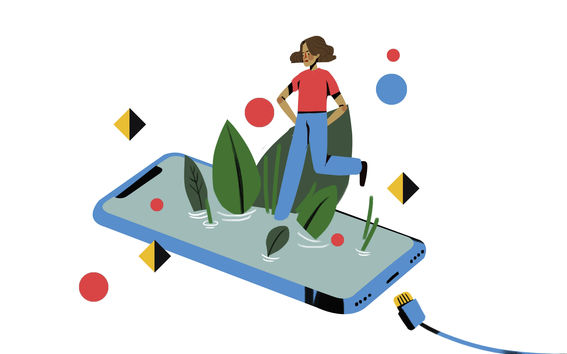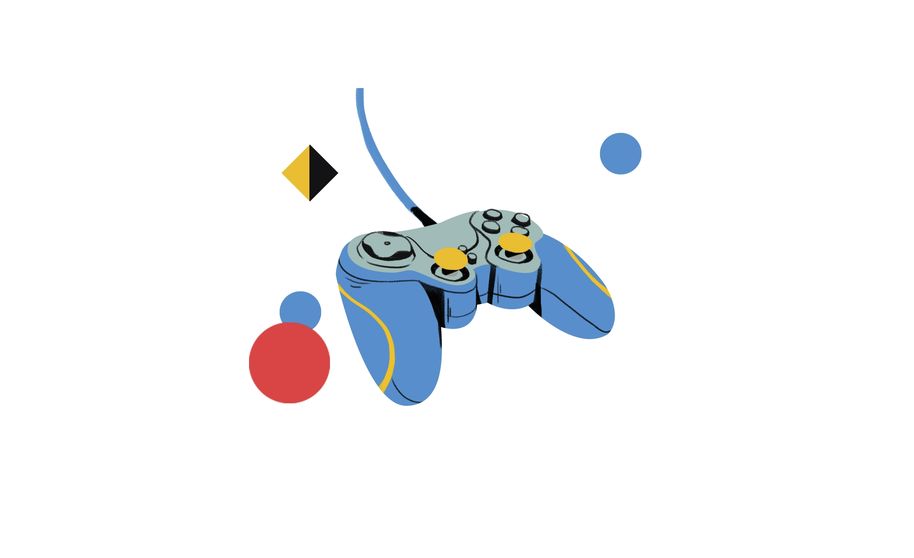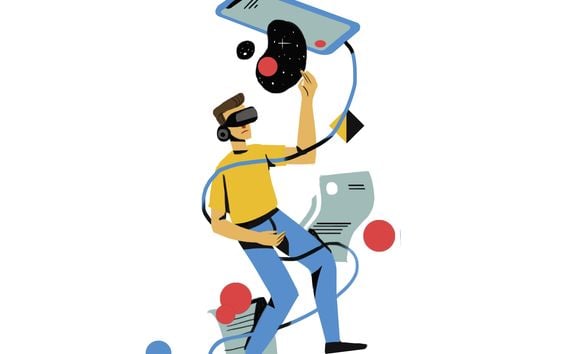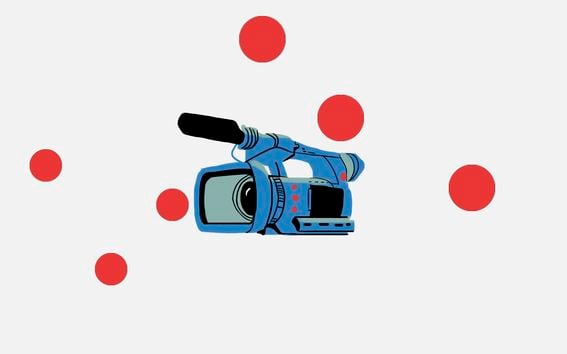Virtuality becoming part of everyday studies

A single click opens a three-dimensional water molecule before the eyes. In this virtual world, one of the most fundamental building blocks of chemistry is recorded directly on the student’s retina. The molecules displayed are three dimensional and their structure is significant because it determines whether certain molecules are, for example, medicines or poisons.
“In a virtual world, students can play around with molecular reactions and conduct experiments, which would be dangerous in a real laboratory,” says Assistant Professor Antti Karttunen.
In addition to technology procurements, the creation of a virtual course calls for user interface expertise and for teaching content to be packaged in a way that fits the virtual world. The method is especially suited to subjects, such as chemistry, in which three dimensionality and interaction play a large role.
Virtual reality is one example of a new learning method. What other techniques are in use at Aalto University?
Blended learning
Blended learning combines digital methods with face-to-face learning, and one of the aims here is to create learning experiences also outside the classroom. This way, students can familiarize themselves with the topic whenever and wherever before meeting in the classroom. Courses can utilise various online learning methods, such as video, games or podcasts.
“A clear benefit of blended learning is that the time shared in the classroom is interactive and meaningful. Instead of a one-way lecture, the teacher and students together create knowledge and understanding. Students also access course material off campus, prior to meeting. This makes the university present in the students’ everyday lives,” says Visiting Assistant Professor Miikka J. Lehtonen, who has utilized blended learning methods in the International Design Business Management graduate programme.

Games and gamification
The means of gaming can be used to construct a learning experience that is meaningful to students. Interactive exercise assignments can be gamified with the aid of scoring, tasks or hints. Such games utilise elements familiar to most gamers who have experience of PC, console and mobile gaming.
“Almost everyone likes to play games. And when they do play, they can forget that they are also learning,” says University Lecturer Maurice Forget.
Video production
Online education often utilises video clips. Video lectures are entirely different from classroom lecturing and traditional lectures should not be directly transferred to video form. A video production project has three stages: planning/preproduction, shooting and postproduction. It is important to understand what’s going on in each stage and keep in mind that much of the work is done outside the studio. In addition to carefully planning the content of the clip, attention must be paid to performance skills, visualisation and the quality of both video and audio.
“The posture of the speaker, eye contact, good voice control and storytelling skills are important also when delivering a lecture. These need to be adjusted to better suit being in front of the camera, however,” says Tomi Kauppinen, who is in charge of the Aalto Online Learning project.
Online resources
Online resources include interactive examples and exercises, which are checked automatically by the software. Students are immediately told the solution to the problem and are given feedback if the exercise was not completed flawlessly. Both the student and the teacher win: students can study and complete online courses at their own pace, irrespective of schedules or location.
“From the teacher’s perspective, a course like this lightens the workload, especially in the case of mass lectures. Constructing and maintaining the online material requires expertise and a lot of work, so doing it for the smaller courses is not worthwhile,” says University Lecturer Pasi Sarolahti, who has used the method on a programming course.
Augmented reality
As the name implies, augmented reality refers to augmenting surrounding reality by adding elements – like sound, images and text – that are then displayed with the aid of a mobile device.
“Students participating in a course that utilises augmented reality can learn about, for example, the campus’ energy solutions in their actual settings. Moving around outdoors and studying the course subject with the aid of augmented reality is entirely different from reading the same things from a textbook. Students can complete assignments without the teacher being present. The teacher monitors student progress with the aid of questions asked by the application,” says Maurice Forget, who has used the Augmented Reality for Interactive Storytelling (ARIS) app to construct several different ARIS games.
Interacting online
The fishbowl conversation technique was developed to facilitate dialogue in larger groups. Originally meant for classroom situations, this interaction method can be transferred also to the online world. Clicking an empty box shown on the display informs the other debaters that someone in the audience wishes to take part in the debate. This prompts one of the four debaters to leave the debate and join the audience as an observer. The idea is to give everybody the opportunity to contribute to the debate, even when there are a lot of participants. When realised online, the method has the benefit of not requiring students to be present at one location. This enables students, who are unable to come to class, to also complete courses in which participation is mandatory.
“The fishbowl technique is best suited to courses with a subject that is controversial enough to arouse debate. When arranged online, debates gain gamified aspects and excitement, as the identity of the person joining the debate is only revealed when his or her picture appears on screen. It is also easier to add outside experts to online discussions because participation does not require them to travel or prepare in advance,” says Associate Professor Teemu Leinonen.

New learning methods developed for and with students
Aalto Online Learning is a strategic project that has, over a period of three years, developed blended learning and online education methods and solutions for more than 150 different courses. A community of teachers that supports and helps in the development work has emerged at the same time. The project has grown into a network of more than 200 people who contribute to content production as well as the development of methods and learning platforms.

Tomi KauppinenThe posture, eye contact, voice and storytelling are important when delivering a lecture. These need to be adjusted in front of the camera.
This article is published in the Aalto University Magazine issue 24 (issuu.com).
What would you like to learn next?
Read more news

HRH Princess Maha Chakri Sirindhorn of Thailand visited Aalto University
During the visit, HRH and her delegation met with Aalto students and explored various activities.
Online AI course could boost study equality
Students at the School of Business believe that mastering Artificial Intelligence (AI) can be beneficial for both academic success and career prospects, as AI becomes increasingly integrated into daily life.
Open university courses for Autumn 2024 have been published!
The open university courses for autumn semester have been added to our course selection.Summmer break in HR service point and new opening hours starting from 6 August 2024
HR service point is closed on 28 June - 5 August 2024. New opening hours are tuesday - thursday at 12.00 - 15.00 starting from 6 August 2024.Please note that the opening hours will change starting from 6 August 2024.